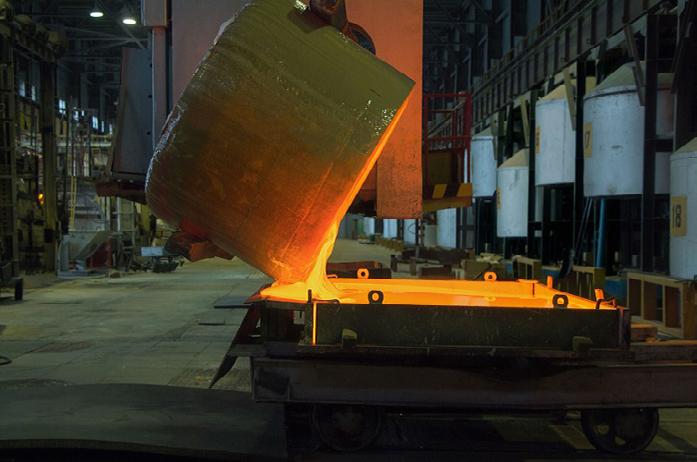
4 minute read
Optimising energy in electric boosting and melting systems
Like all industries, pressure to decarbonise is imminent. And glass manufacturing is no exception, with the objective to attain carbon neutrality by 2050. Not only does decarbonisation benefit wider industry and society, but when done correctly, also provides efficiency and cost benefits.
A proven technology
It’s recognised that electrical melting and boosting are not the only technologies available to reduce GHG emissions. The two other main energy options being investigated by the industry are hydrogen and biofuel. There is plenty of research into this and there are some very promising tests and industrial implementations on glass furnaces.
In terms of technological readiness, infrastructure, production and capacity, hydrogen and biofuels are unlikely to be suitable short-term or even midterm solutions for the industry’s energy and CO2 challenges. Therefore, it’s believed that the future systems will be based on a hybrid mix of solutions varying by region and industry.
The benefit of electrical melting is that it is not only a proven technology, but it’s already available today for large-scale glass furnaces all over the world. As a result, we expect that by between 2030 to 2040, electrical boosting, or melting, will represent more than 50% of the total melting energy for most new and cold-repaired glass furnaces, including for float glass.
Power boxes
Looking specifically at electrical boosting and melting, there are different ways to implement this. A traditional solution using large variable step-up/step-down transformers has been a robust technique used for a long time, but it lacks flexibility. After carefully considering the design, Eurotherm developed a new power solution in the form of power boxes (power skids).
These power boxes bring versatility and efficiency with much shorter lead-times and finer granularity of control, as well as easier installation, using cables instead of large busbars. With power skids located close to the electrodes, or even underneath the furnace in a few instances, this solution keeps the voltage as high as possible, for as long as possible.
The key benefit is that it significantly reduces the line current and the corresponding heat loss. Plus, instead of expensive copper busbars running over 20 to 40 metres to the electrodes, it uses much smaller cables.
Energy savings
With a variable transformer design, there is usually a significant difference between the kWs needed to melt the glass and the kilo volt amperes (kVA) rating of the transformer. This means that this type of system must be oversized, typically by up to 50 per cent, which increases cost.
For example, for a two MW at 200V system with three single boosting zones, the system would typically be designed at three mega-volt amperes (MVA). For only 2,000kW power needed to melt the glass, the system needs to be designed at typically a minimum of 3,000kVA, with three 5,000A at 200V busbar systems to the electrodes.
With Eurotherm’s power box solution, an alternative design using a much more standard medium voltage transformer with a secondary voltage between 400 and 480V is possible. Power skids can be placed as close as possible to the electrodes to control and step down the voltage to the desired operating range.
The high amperage is only after the power skids and therefore on much shorter cable distances to the electrodes. The power skids include power controllers operating in automatic load tap changer mode, which provides control of power on the full operating voltage range at very high-power factor and without the traditional mechanical wear.
The glass industry is searching for ways to decarbonise. Here, not only will electric boosting and melting play a large role in the decarbonisation of the glass industry, but design methodology such as power skids, placed close to the electrodes, is the more efficient way to go.
To learn more about Eurotherm and its solutions for glass manufacturing, visit: www.eurotherm.com – to learn more about Watlow’s thermal solutions, head to: www.watlow.com







